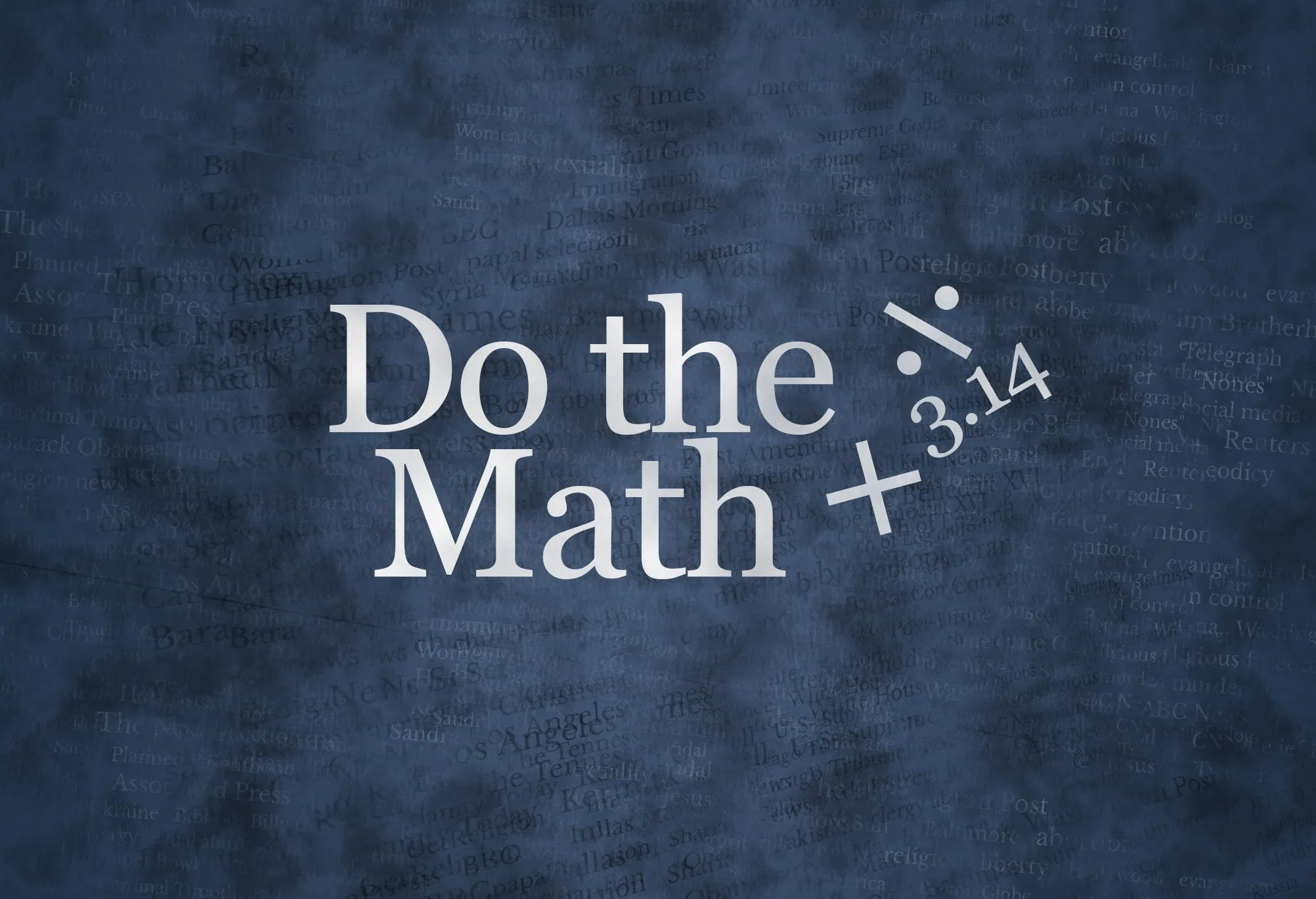It’s always a fun day when one of my trusted sources publishes some new raw data that I can use to better understand the religious and political world of the United States. That’s doubly true when it’s something other than survey data because it allows me to make data visualizations that are a bit different than the run of the mill bar and line graphs.
Earlier this month the Association of Statisticians of American Religion Bodies released the results of their 2020 Religion Census, which is a one of a kind dataset. Every 10 years, this very capable research team tracks religious organizations all the way down to the county level — which is a granularity that is astonishing.
For example, most surveys would be lucky to give you a sample that is large enough to understand religion at the state level. So, to have access to county level data unlocks thousands of possibilities.
This is the kind of detail that helps researchers — and journalists — look for news trends at the local and regional levels. There are news stories hidden in these numbers. The key is spotting them.
So, with that in mind, I took to map-making the last few weeks. I think that there’s a lot of surprising results in this new data.
Where is religion the most concentrated in the United States? Probably not where most people would guess.
According to data from the 2020 Religion Census, there’s obviously a strong pocket of believers in the Bible Belt — that isn’t surprising.


